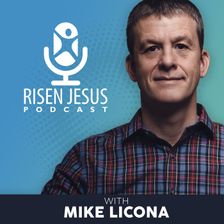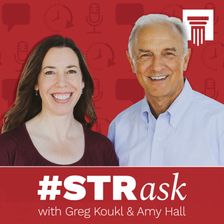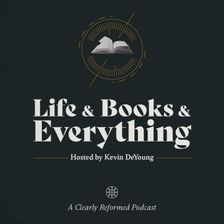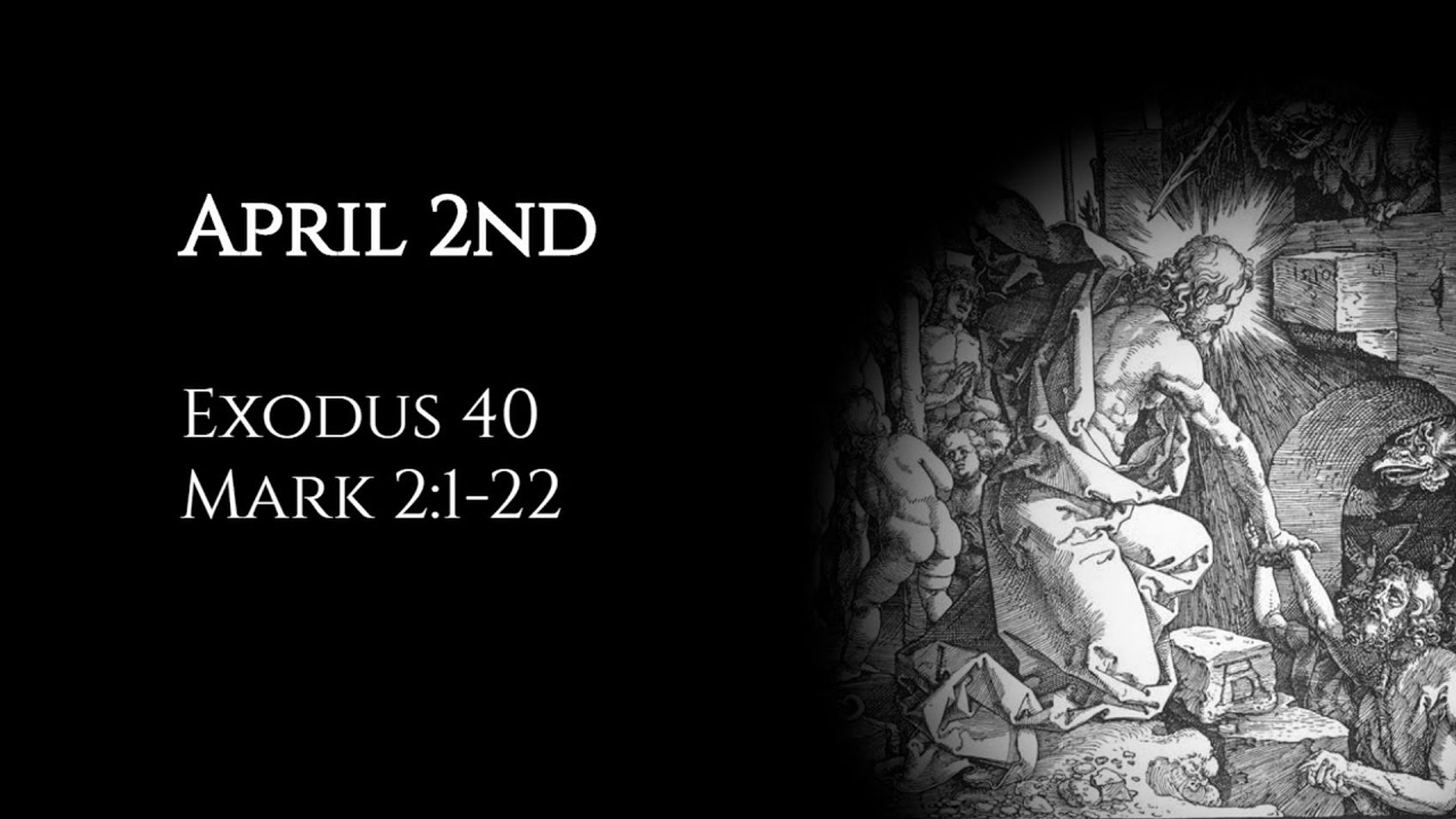April 2nd: Exodus 40 & Mark 2:1-22

The completion of the tabernacle and God's Glory entering it. Conflict with religious leaders.
Some passages referenced:
Genesis 8:13 (first day of the first month in the Flood narrative); Genesis 6:5, 8:21 / Exodus 32:9, 33:3, 34:9 (reason initially given for judgment used as reason for mercy at the end); Exodus 39:43, 40:9-10, 33-34, Genesis 1:31-2:3 (similarities between God’s completion of his creation and the Sabbath and the completion and consecration of the tabernacle); Exodus 15:17 (placing the people on the mountain of God).
Matthew 9, Luke 5 (parallel passages); Daniel 7:13-14 (Son of Man in Daniel).
Reflections upon the readings from the ACNA Book of Common Prayer (http://bcp2019.anglicanchurch.net/).
If you have enjoyed my output, please tell your friends. If you are interested in supporting my videos and podcasts and my research more generally, please consider supporting my work on Patreon (https://www.patreon.com/zugzwanged), using my PayPal account (https://bit.ly/2RLaUcB), or by buying books for my research on Amazon (https://www.amazon.co.uk/hz/wishlist/ls/36WVSWCK4X33O?ref_=wl_share).
The audio of all of my videos is available on my Soundcloud account: https://soundcloud.com/alastairadversaria. You can also listen to the audio of these episodes on iTunes: https://itunes.apple.com/gb/podcast/alastairs-adversaria/id1416351035?mt=2.
More From Alastair Roberts
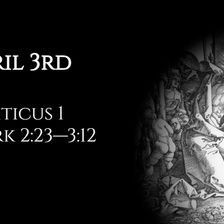
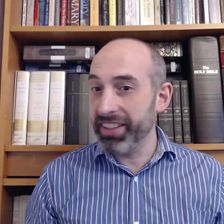
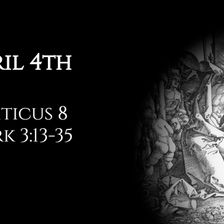
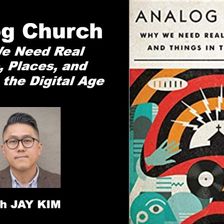
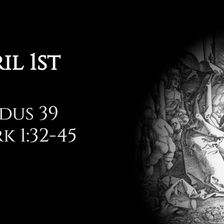
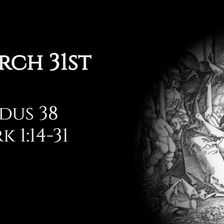
More on OpenTheo
